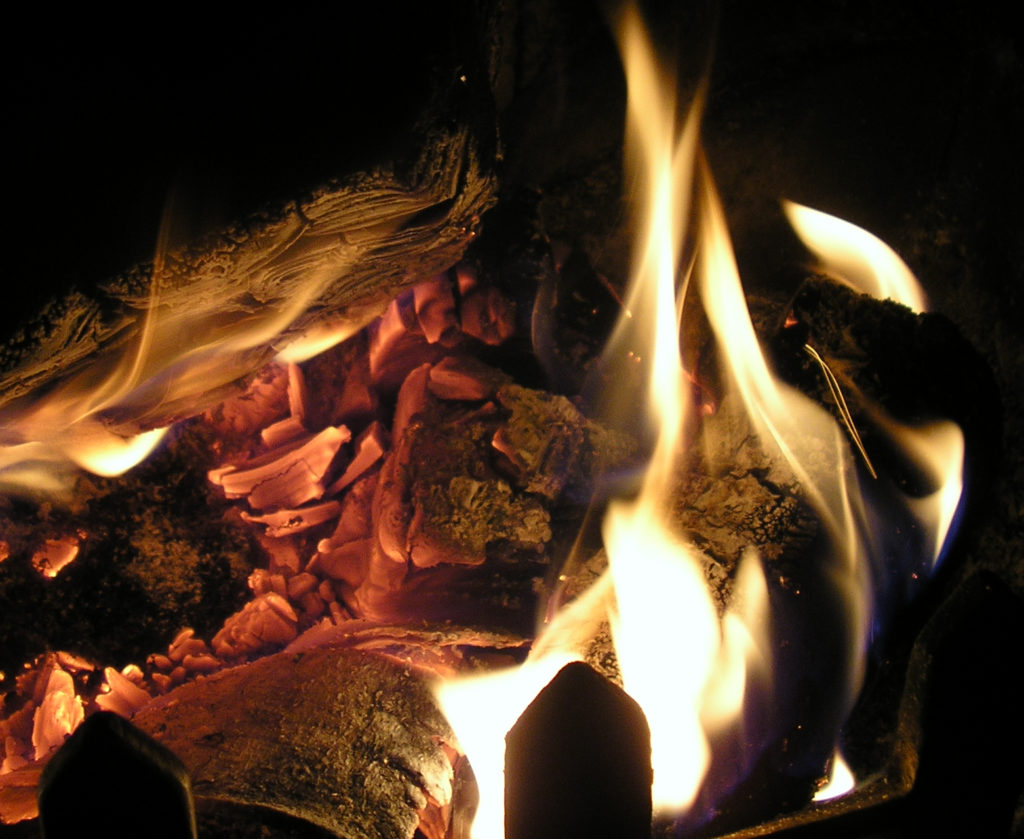Fireplaces are not a new addition to homes. They are, in fact, one of the oldest additions that are still used today in modern homes. They have undergone many different designs over the years, and designers are always looking for more ways to improve the overall design to maximize effectiveness. Let’s take a look at five things that may go wrong and prevent your fireplace from working properly and efficiently.
Many factors affect the cycle of heat production and the way the fireplace and chimney work to produce heat. The fire in the fireplace warms the air in the chimney, causing it to rise and escape into the surrounding air. This creates a pull, or drag, that pulls cooler air from the room into the fireplace to burn wood. Again, the fire warms the air and it escapes through the chimney. This process may be interrupted in any of these five ways:
Damper Problems
The damper may be too far open or closed too tightly. If it is too far open, too much air is pulled up through the chimney and the fire doesn’t burn efficiently. If it is too far closed, not enough air is allowed to escape, so the fire doesn’t burn hotly enough to burn efficiently. You may need to adjust the damper frequently to find the ideal amount of air flow.
Type of Wood
Some wood types simply burn more efficiently than other types. Hardwoods burn hotter and more efficiently, for example, than their softer counterparts, making hardwood the better choice. Your firewood should be very dry. Look for wood that has been seasoning for at least six months and has been covered to protect from the rain since it was cut.
Chimney Too Short
Chimneys should be at least 10 feet tall. If the wind negatively impacts your fireplace by making the fire die down temporarily, the chimney is likely too short to function properly.
Flue too Narrow
The flue must be large enough to properly fit the fireplace opening. Standard specifications indicate that the fireplace opening may be no more than 10 times the area of the flue. Prefabricated fireplaces built after 2000 usually meet these standards. Older units may need to be adjusted.
Creosote Buildup
An annual cleaning and inspection will help reduce creosote buildup. Creosote is a highly combustible substance that may start a chimney fire with only a spark. It is a very thick tar-like substance that must be cleaned out once per year.
When to Call a Chimney Sweep
Your chimney does far more than decorate the exterior of your home. It provides a function that protects your household from carbon monoxide poisoning and protects the structure of your home from fire. A chimney sweep will inspect your chimney to ensure that it is working properly, and clean the creosote buildup to help prevent a chimney fire.

